In short. An AC supply either needs to be double insulated, or have a transformer. Both need to be fused. Transformers isolate the supply from the grid. It would be difficult and costly to roll your own power supply.
PCB mounted power supplies are available that convert AC to DC, they have been tested and conform to IEC and UL standards. The other option is to build your own which would probably need to be tested to conform to those standards (even if you aren't selling a product for safety's sake).
I am scaring about the high common mode voltage which demands more
clearance and creepage in PCB?
If you are using a PCB mounted power supply (or run any AC mains on a PCB), the AC and DC sections need to be separated and the AC mains side will need proper creepage and clearance between traces. The AC side will also need creepage and clearance from the DC side of the supply (or any other traces). This prevents arcing.

Source: http://www.ni.com/white-paper/2871/en/
Compare to the isolated version this topology having any prons & cons?
I would say you need an isolating transformer minimum, I am not sure how you would design otherwise.
What about surge/spike compatibility. I need to add any protective
devices additionally
Most of these are built into off the shelf power supplies, a line filter may be needed. You will need to fuse the device.
